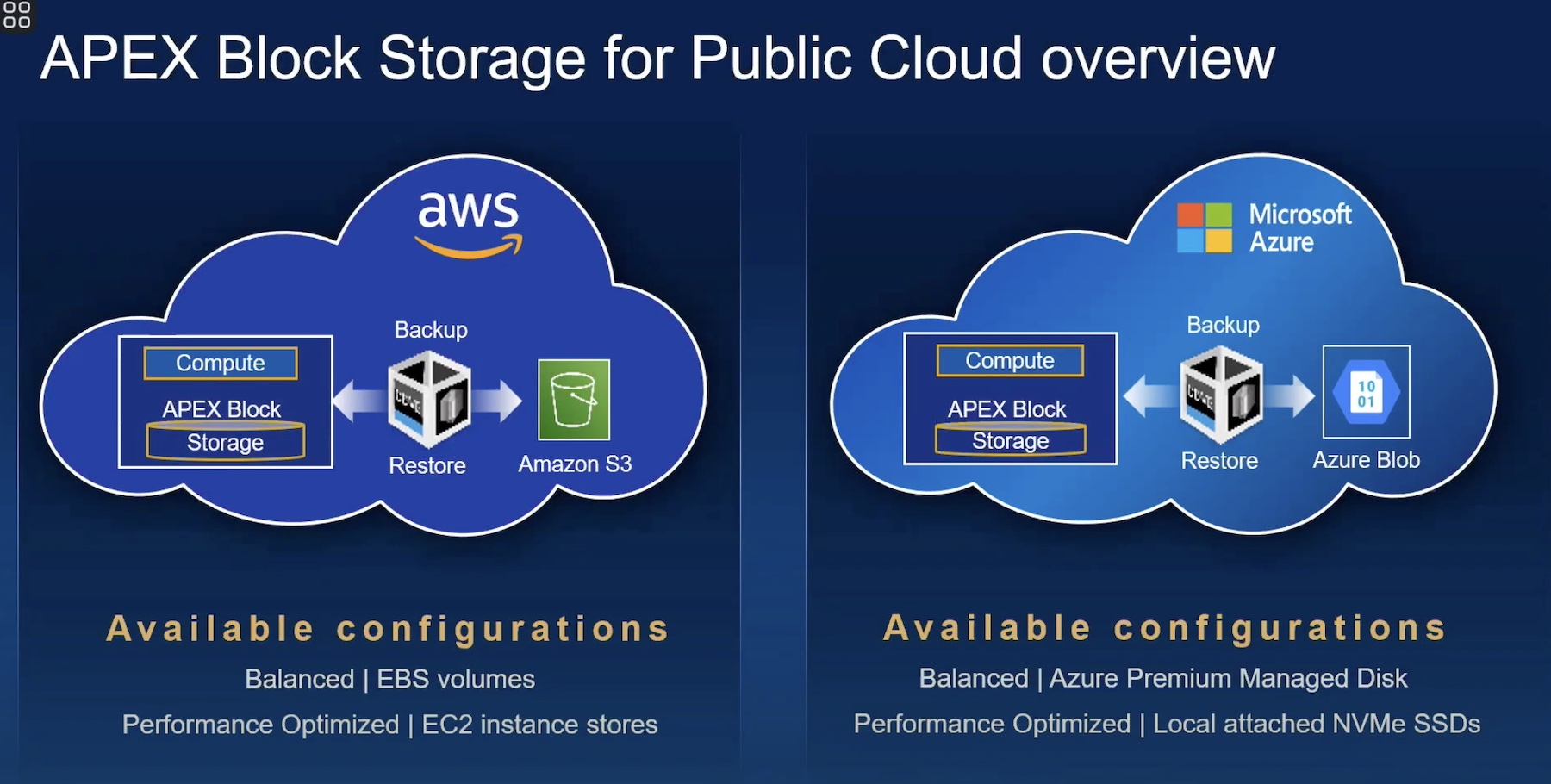The odds are very good that if your company isn’t already in the middle of a cloud migration project they will be looking at one very soon. The allure of moving your operations and infrastructure into AWS, Azure, or another cloud service is quite appealing right now. People want to operationalize their spending and ensure they have access to resources when they want them instead of waiting for procurement to deliver them.
But cloud migrations can be problematic to manage. Instead of having a big project put together to get systems moved into the cloud in an orderly and logical fashion, we often move in fits and starts. Instead of planning an AWS migration we often find out that, thanks to Shadow IT, we’re already in the cloud and have been for some time. And the drivers for those types of stealth migrations are often as varied as the people that undertake them.
The key to having a proper cloud migration strategy involves identifying which workloads you need to move to the cloud and having a driver to get them there. Thankfully, as outlined by Koch Business Solutions at AWS re:Invent in 2018, SD-WAN makes a great solution for both of those issues.
Where Do You WANt To Go?
When implementing SD-WAN in an organization, you have to do a lot of research about what your applications look like and how they are being utilized. You have to know what applications have latency sensitivity and which ones are already running in a cloud provider. You have to provide analytics to ensure that branch users are going to see the same performance they would enjoy if they were sitting in the HQ location down the hallway from the servers.
Does that sound familiar? It should. It’s the same kind of process you would go through when you start making a cloud migration. You need to know about your workloads and your locations. You need to know about storage requirements and whether an application is going to need a Direct Connect gateway. All of these items are things that can be put into your SD-WAN checklist as well.
One thing that organizations are big on is minimizing disruption. That’s why there are traditional maintenance windows to do moves/adds/changes. The organization figures that if there is going to be disruption it should be managed in a time when it will impact people the least. That’s one of the reasons why cloud and DevOps mentalities are taking so long to find traction. It’s great when you’re saving money and deploying quickly to production. But if your developers have to wait until 2am to push that code they’re going to get antsy. They’d rather push it out now.
That’s also a key part of using SD-WAN as a driver for cloud migrations. Because you’re already going to be introducing disruption with SD-WAN, you might as well look at starting your application migration to the cloud as well. It sounds like a lot of moving pieces at the same time to move apps and WAN devices. But that’s where the real magic of SD-WAN comes into play.
Playing To Your Strength
The big reason for this comes from the cloud-focused features discussed by Koch in their presentation, which I covered in more depth in a previous post. They leveraged Cisco Viptela’s solutions to build out cloud on-ramp capabilities. Cisco Viptela can help you figure out the best way to route traffic to a destination, whether it’s a branch office in the country or a cloud data center on the other side of the country.
Because the Cisco Viptela solution can intelligently route traffic to the closest exit point to your application, you can move that application without fear of impacting performance. That’s something that worries the IT staff, even if they won’t admit it. What happens when you move an app and your users won’t stop complaining about how slow it is? It’s a problem that every IT staff dreads. Because the answer isn’t as simple as just “turn it off and back on again”.
With Cisco Viptela, traffic can be intelligently routed from branch to HQ or from branch to cloud with almost no administrative intervention. The packets don’t care if they’re exiting in Chicago or Virginia. They arrive where they are supposed to be and get the user the kind of experience they want to have. And it’s easy to reconfigure quickly as more and more applications are analyzed and sent to the cloud. The users might not even realize they’re running in AWS!
The key to making sure this transition is orderly and causes the minimum amount of disruption is to make sure to leverage the SD-WAN analytics platform, like the one built into Cisco Viptela, to know everything there is to know about your applications and ensure they are performing properly no matter where they are located. The analytics will allow you to select the best candidates for migration and prioritize them over problematic programs. And that’s the best way to create an orderly cloud migration strategy from the impending chaos that might result.




